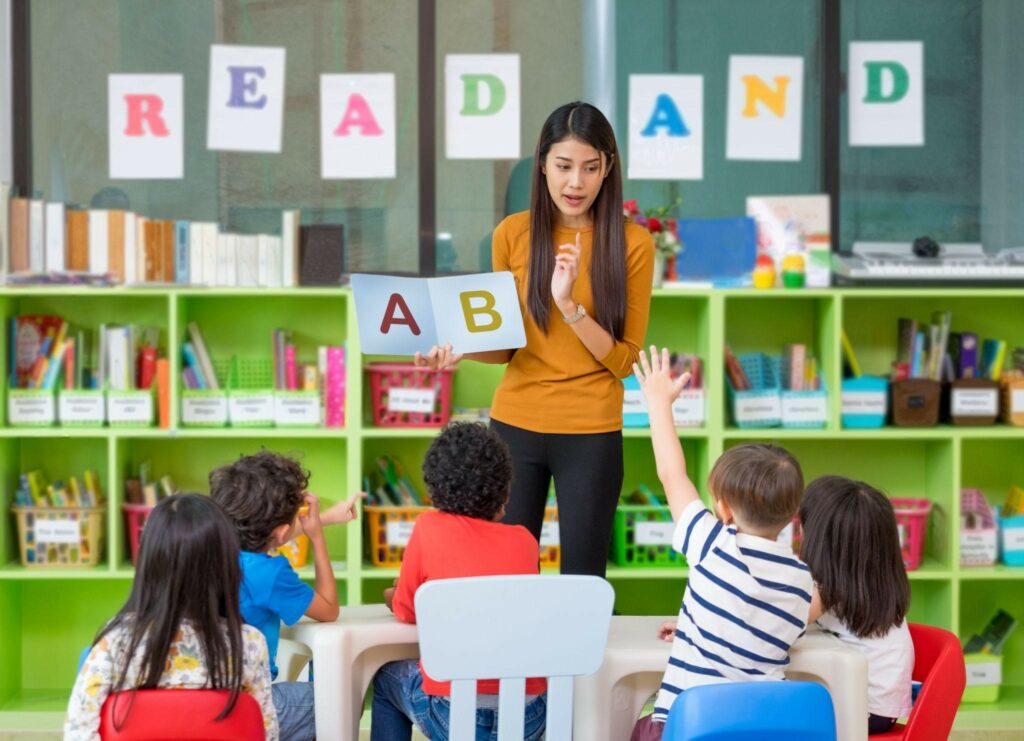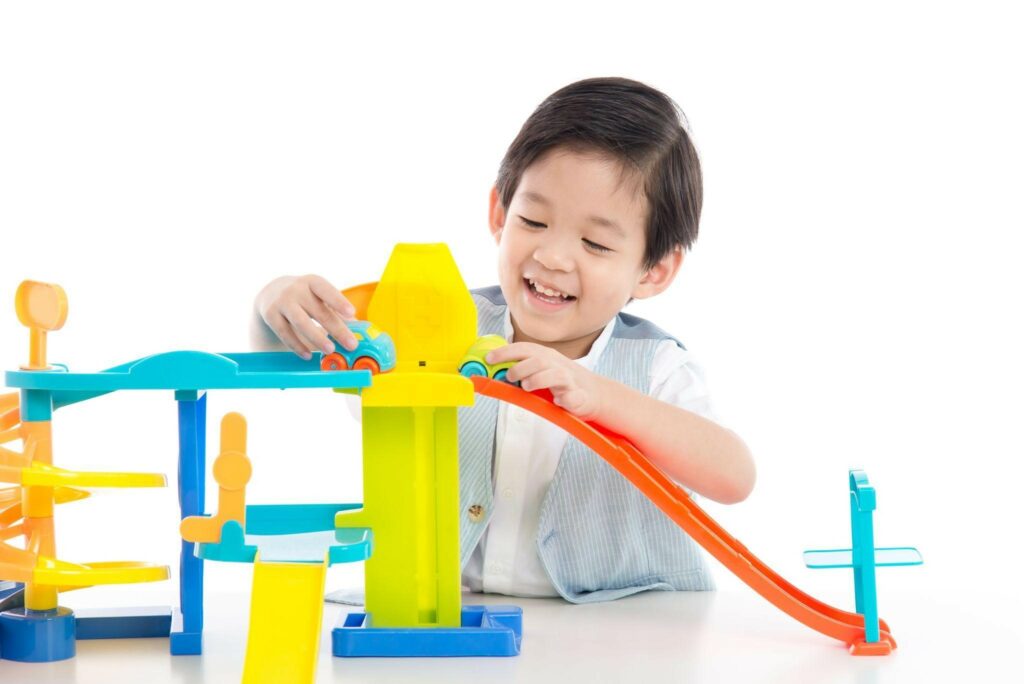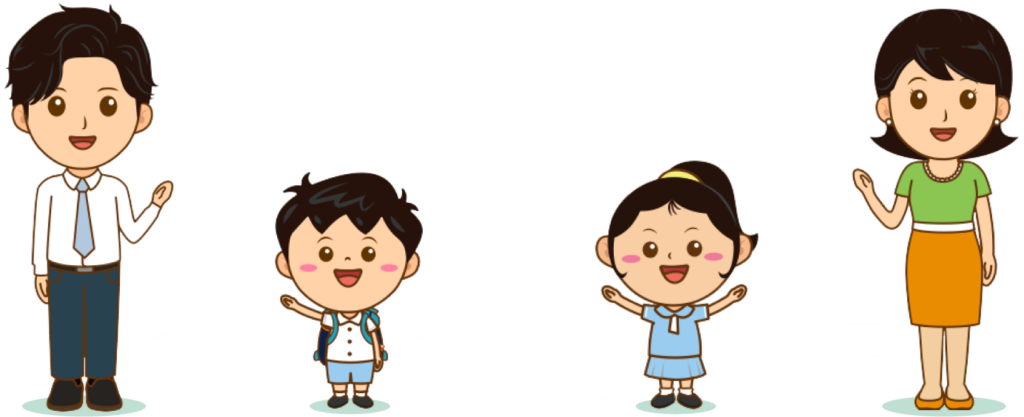
School Class Teachers are More Important Than You Might Think
Written by : Doctor Hui Lung Kit Child Psychiatry’s primary concern is to determine whether a child’s behavior is normal or abnormal, and whether it is normal or abnormal should be judged according to the rules of Child Developmental Psychology. But in reality, do parents have to get a bunch of books on child development and look at the textbooks to observe their children? This is a time-consuming and costly process. One of the simpler ways is to ask your child’s class teacher. Have you ever heard of children moving up a grade every year, like going from Grade 1 to Grade 2, Grade 3 to Grade 4? But have you ever heard of teachers moving up a grade? Generally speaking, many teachers spend months and years teaching students at the same grade level. More experienced teachers may even spend over ten years teaching children of the same age. As a result, they may have interacted with hundreds of students of the same age over time. Developmental assessments for children place significant emphasis on comparing them with their peers of the same age. By using a large sample size of data and employing statistical methods, a reference definition of normal and abnormal can be established. An experienced teacher, with ample teaching experience, already encompasses a substantial sample size within her own teaching practice. Based on this, she can determine what is considered normal and abnormal. For example, let’s say in September this year, a class teacher is faced












